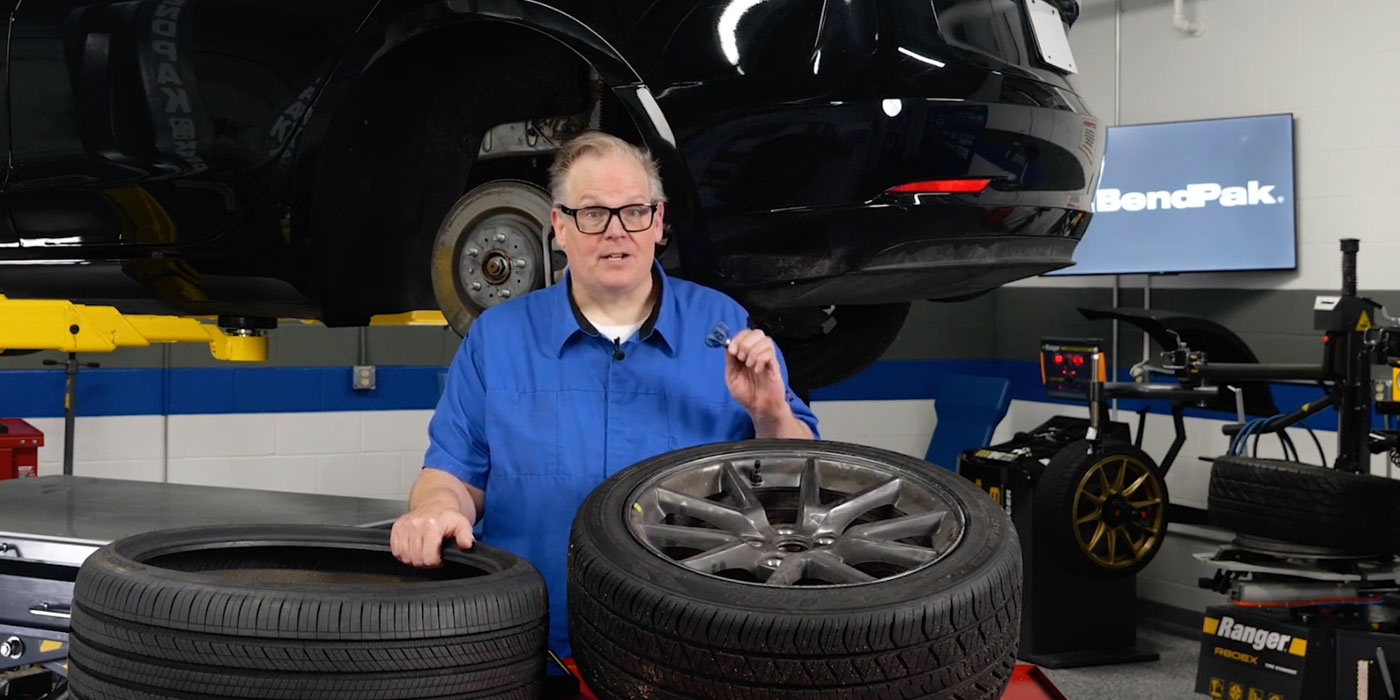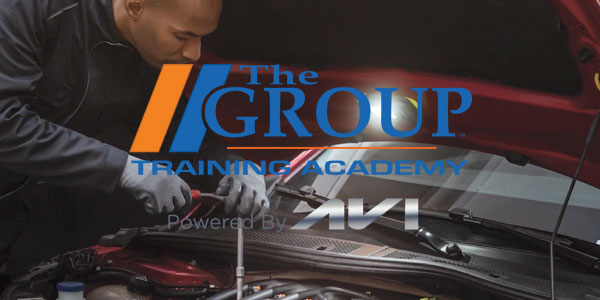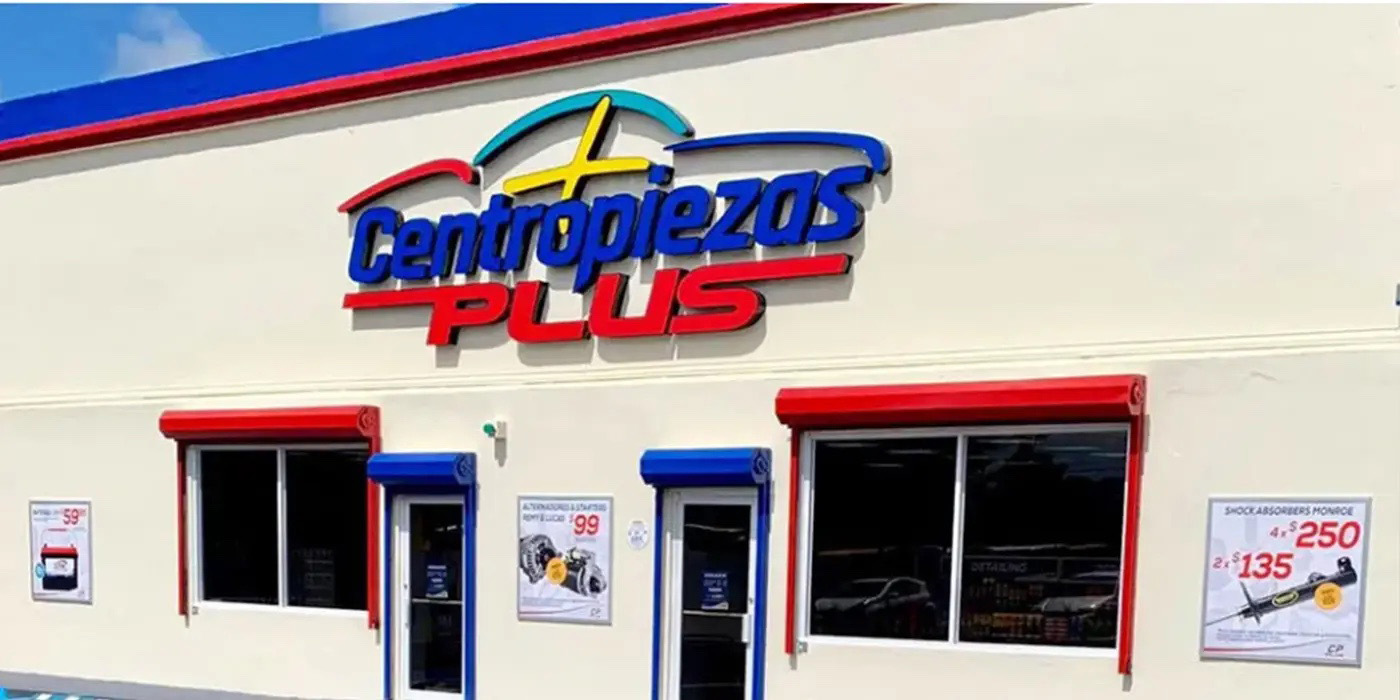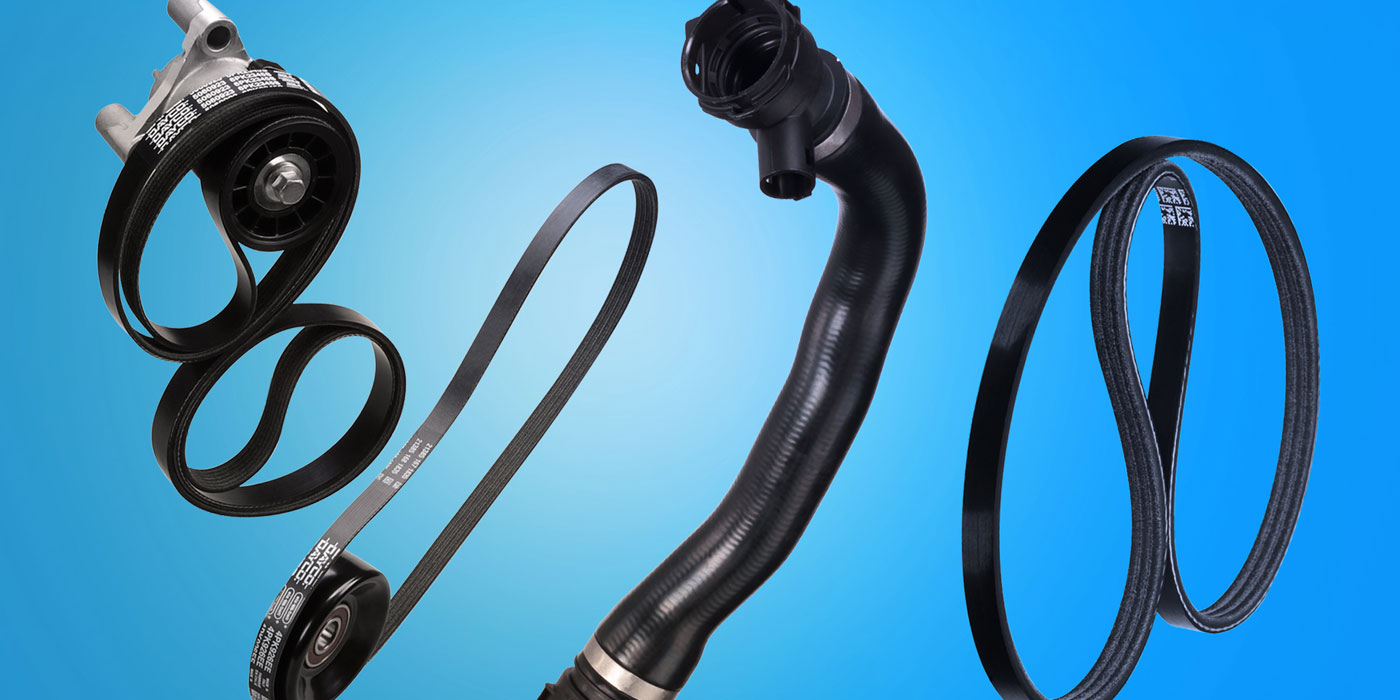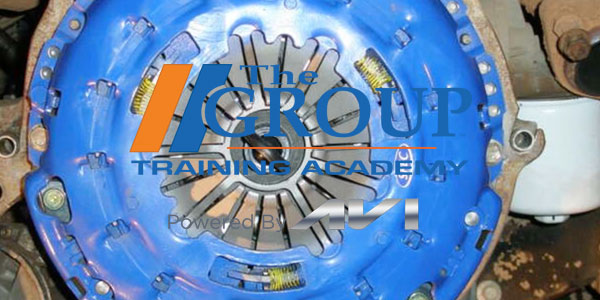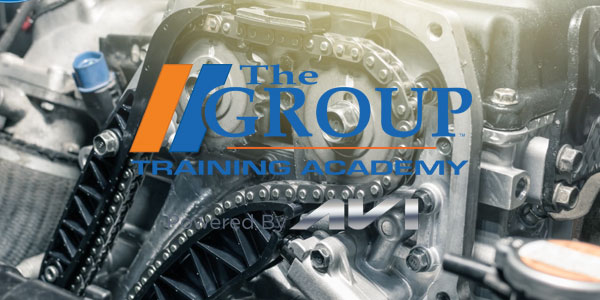When a vehicle owner needs a replacement belt or hose, it’s rarely a planned transaction. Motors who only need a belt or hose have likely experienced an unexpected breakdown. While that might be tempting for your DIFM customer to replace the failed part and quickly send the customer on their way, it’s a prime opportunity for counter professionals to encourage shops to take a system approach D parts replacement. Let’s talk about the serpentine belt. Most vehicle owners know that a noisy belt means something might be wrong, but they probably don’t know that replacing the belt rarely stops the noise on its own. That’s because the serpentine belt is part of a system of interrelated parts that all need to be in working order for the system to function properly. The serpentine belt, also known as the accessory belt, drives the alternator, that power steering pump, the air conditioning compressor, and sometimes the water pump via the crank shaft.
In addition to the belt, the accessory dry belt system usually includes an automatic belt tensioner that provides the tension of the system and minimizes the vibration that occurs in the belt drive. As the engine runs, idler pullies guide the belts around various engine components, maintaining their proper alignment. The system also might include a decoupling pulley that turns the alternator. All of these parts work together to smoothly drive the alternator and those other critical components that we just talked about. While protecting those components from undue stress and premature failure, due to the constant exposure to heat, friction, and chemical degradation, the parts and accessory belt drive system tend to wear at a similar rate. If a shop only replaces a worn belt without replacing related components, their customer could end up in their shop again a few days later. The key point to convey to your customers is if one part in the accessory belt drive system is compromised, that usually means that they’re all compromised.
For example, a worn tensioner can lead to improper belt tension causing slippage noise, and potentially leading to premature belt failure. Similarly, worn police can cause misalignment and damage to the new belt. Now let’s talk about hoses. Coolant. Hoses used to be simple port to port hoses that provided a flexible link between individual components in the cooling system. Today though, they’ve evolved into complex units that take on multiple functions within the cooling system. Some include components such as quick connectors, tees, branched outlets, and more specialized parts. These are called modular hoses. Modular hoses also might include sensor ports, control valves, bleeder valves, check valves, and flow restrictors. As coolant hoses evolve into complex modular units with multiple functions and potential failure points, your customer’s thinking needs to evolve to a systems mindset. For example, if an O-ring or branch connection fails on a modular hose, the solution is not as simple as just replacing that component.
In most cases, the entire hose assembly must be replaced. Also, you can run into issues with leaking proper fit and cooling system operation. If a modular hose is installed that doesn’t use components that are identical to what came off the vehicle. On a related note, when major cooling system components like radiators, water pumps, and heater cores are replaced, always recommend the connecting hose. If the metal components in these components have corroded, split or otherwise failed, consider the heat pressure and electrochemical abuse. The hoses have been subjected to during the same time and mileage. Modern engines are complex systems of interconnected and interdependent parts. By recommending replacement kits such as water pump kits and timing bell kits, you’re encouraging your DIFM customers to view repairs. From a systems perspective, a systems approach ensures that the job is done right the first time. It helps avoid repeat issues and customer comebacks, and it builds trust with your repair shop customers and their customers. Thanks for watching.
This video is sponsored by Auto Value and Bumper to Bumper.






